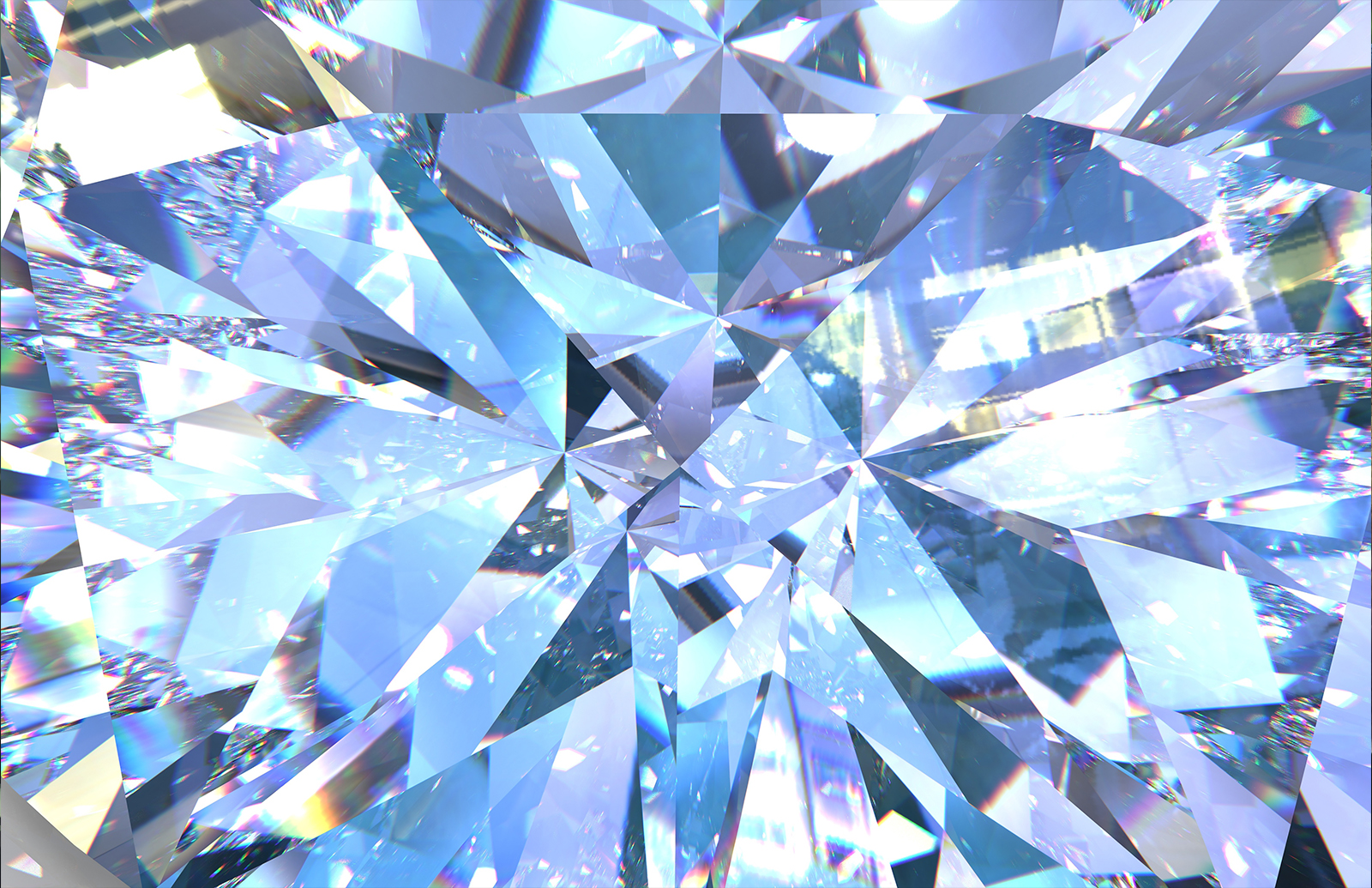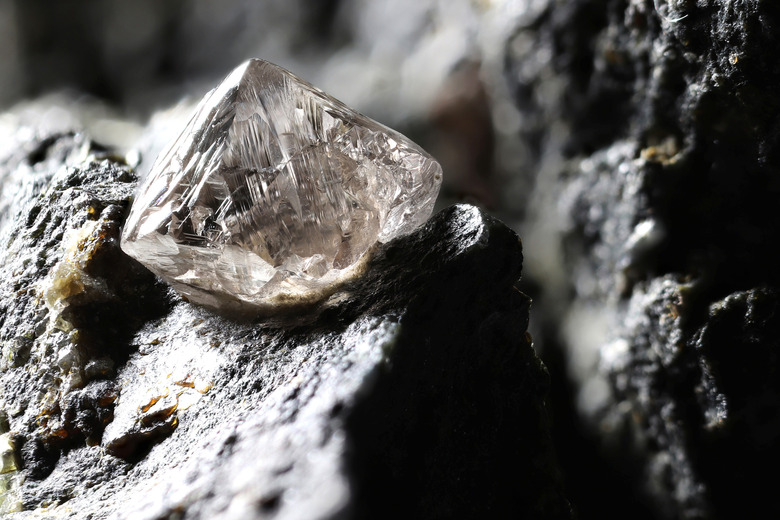Scientists Found A Way To Grow Diamonds From Scratch In Just 15 Minutes
Scientists have discovered a way to synthesize diamonds, and it doesn't even require a starter gem to get things going. The new technique can actually grow diamonds in normal atmospheric pressure, and it can do so in just 15 minutes.
This crazy breakthrough is highlighted in a new study published in Nature at the end of April. According to the researchers involved, the new technique will eliminate several major drawbacks to the synthesis processes normally utilized to create diamonds.
Natural diamonds are created deep within what we call the molten zone of the Earth's mantle. This area of earth is located hundreds of miles beneath the surface, and it takes a ton of pressure (something like several gigapascals) and temperatures exceeding 2,700 degrees Fahrenheit (1,500 degrees Celsius) to grow diamonds naturally.

Synthesizing diamonds requires a similar process, with high-pressure and high-temperature both being requirements to convert carbon, which has been dissolved into liquid metals like iron, into a small starter diamond. These components are difficult to keep up for long periods of time, and even then, the quality of those components really affects the quality and size of the diamond generated.
Other methods remove the need for high pressure but still require a starter seed to get the process moving. With this new technique, though, the ability to grow a diamond becomes much more accessible.
The researchers used gallium with a bit of silicon to get started and put it into a graphite crucible. The entire setup could be maintained at sea level atmospheric pressure and could be readied to create a diamond in just 15 minutes. They then flushed super-hot carbon-rich methane gas through the crucible chamber.
And, with a little tweaking, they started to grow diamonds. Of course, the entire process still needs some tweaking, as the diamonds that they're growing here aren't big enough to slot into rings or anything. But, with the process becoming much simpler and the required components becoming easier to maintain, creating diamonds from scratch could be well on its way to becoming far more accessible.
